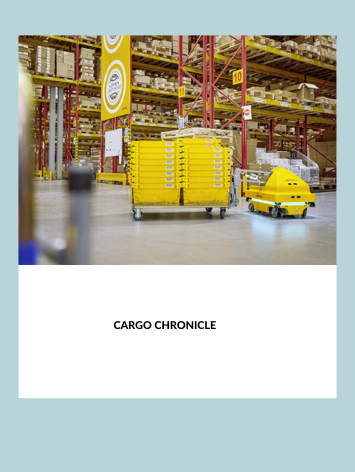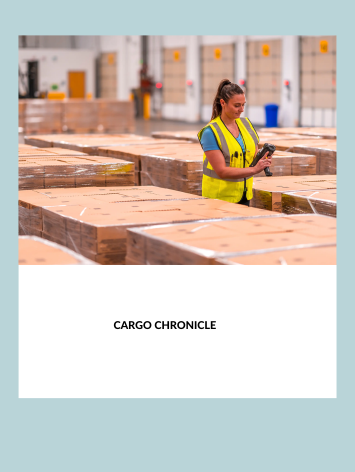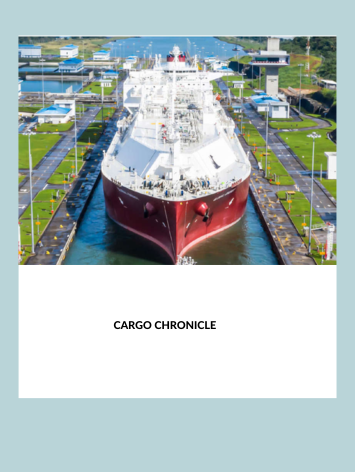Understanding the Key Activities Involved in Reverse Logistics Processes
Key takeaways: Reverse Logistics Introduction: Reverse Logistics In today’s fast-paced world, businesses are constantly striving to improve their supply chain management processes. One crucial aspect of this is reverse logistics, which involves the flow of goods and materials from the end-user back to the manufacturer or retailer. Understanding the key activities involved in reverse logistics …










